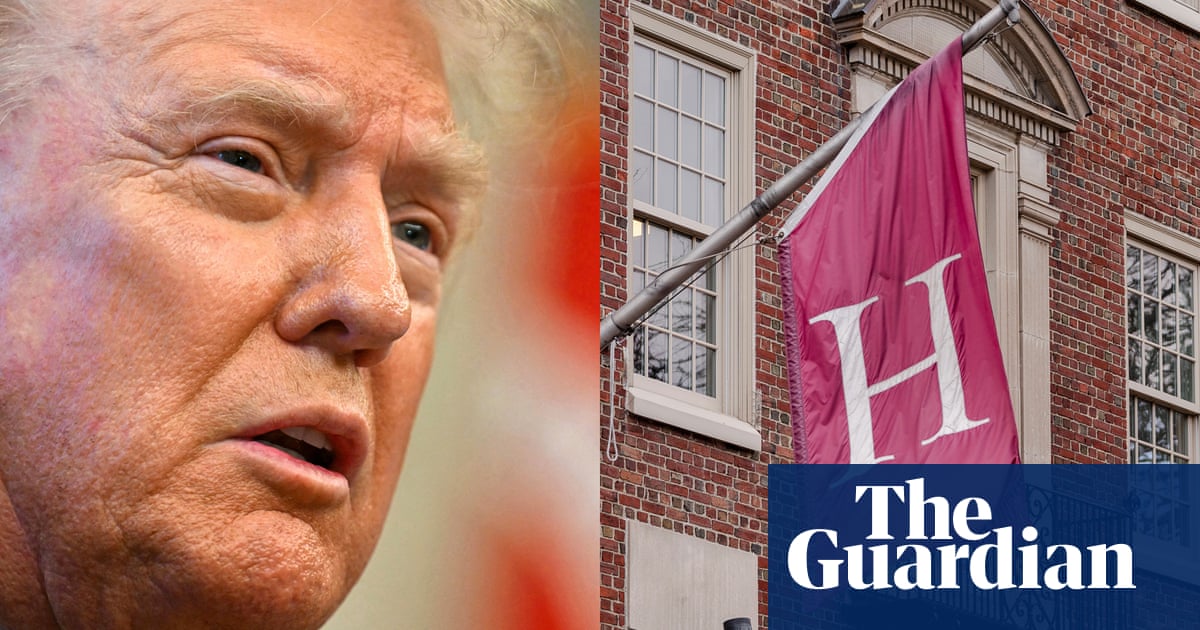Ayatollah Ali Khamenei, Iran’s Supreme Leader, made his first public appearance since the onset of the Israel-Iran conflict at a mourning ceremony for Ashoura. This event, which honors the martyrdom of Hussein, the Prophet Muhammad’s grandson, took place in Tehran. Khamenei’s absence during the violence raised concerns about his safety, with speculations suggesting he might have been hiding in a secure location.
During the ceremony, crowds cheered as he entered a mosque. Continuing unrest in the region is underscored by Iran’s acknowledgment of over 900 casualties and significant damage to its nuclear facilities due to recent attacks. Tensions have escalated since the U.S. military intervened, targeting Iran’s critical sites, leading to a stark warning from President Trump to Khamenei. He stated that while the U.S. was aware of Khamenei’s location, there were no immediate plans to harm him.
On June 26, Khamenei resurfaced with a recorded message claiming that Iran had retaliated by striking a U.S. base in response to these attacks, asserting that the country had dealt a “slap to America’s face.” Despite the ongoing conflict, Iran’s President directed a stop to cooperation with the International Atomic Energy Agency, limiting inspections related to their nuclear advancements. This development raises questions about the future of negotiations regardingIran’s nuclear program, especially considering their previous efforts to enrich uranium close to weapons-grade levels.
Furthermore, amidst the ceremonies, NetBlocks reported significant internet connectivity issues in Iran, which coincided with prior telecommunications shutdowns during the war. Such disruptions reflect the Iranian government’s attempts to control the flow of information during this tumultuous period.
The impact of the Ashoura remembrance is significant within the Shiite community. Shiites, who make up approximately 10% of the world’s Muslim population, see Hussein as a symbol of justice and sacrifice. His death at Karbala not only established a dividing line between Sunni and Shiite Islam but also plays a central role in shaping the identity of Shiite Muslims today. Ceremonies like the one attended by Khamenei serve to reinforce this identity, marked by public displays of mourning and spiritual devotion.
As the conflict continues, analysts are closely watching Iran’s military response and the implications of its nuclear capabilities, reflecting a precarious balance in regional stability.





















